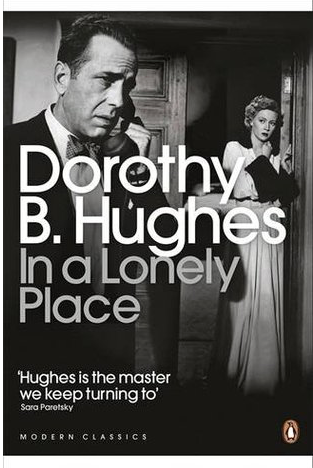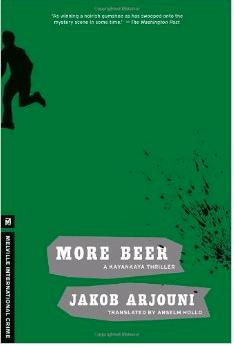
The novelette Killer in the Rain is one of the later short works of Raymond Chandler. He reused some of the elements with great effect in his first novel The Big Sleep.
As a teenager and early teen, I read all of Chandlers novels and loved them very much. Whenever someone asked me who my favourite writer was, I didn’t need to think twice – Chandler. As much as I loved him, I didn’t return to him because I rarely reread books. So, a few years back, someone asked me the question again and I said “It used to be Chandler”. That made it sound as if I didn’t like him anymore, but that wasn’t what I meant, it just meant – it’s been so long, I can’t be sure anymore. While I read and loved all of his novels, I hardly read any of his short stories and novellas, so it was with a lot of trepidation, that I started Killer in the Rain. What an experience this was. This isn’t as good as any of the novels, but it already has all the trademarks and reminded me why he once was my favourite author. Next time someone will ask me the question again, the answer will be – Chandler. And not in past tense, no.
Killer in the Rain is set in LA in the 30s and tells the story of a PI – probably Marlowe – who is asked to look after the daughter of a rich client. She’s been blackmailed and her dad is afraid that she’s got caught up in something sinister. Marlowe finds out the blackmailer owns a lucrative porn book lending business. When he goes to visit him, he finds him dead, his client’s daughter sitting stark naked and completely stoned on a chair, and someone running from the crime scene as soon as Marlowe enters. A little later, one of Steiner’s cars is found in a river, with a body in it.
Telling you more would spoil the story, but I think, this gives you an idea of what to expect.
Killer in the Rain is the novelette that’s closest to his novels in style. We can already see how different from other hard-boiled detectives Marlowe is – he isn’t named in the story, but we can assume it’s him. Marlowe cares. He’s anything but tough. Sure, he can act tough, doesn’t shy away from using a gun and shoot at someone, but he doesn’t do it lightly. As in all the later novels, solving the murder isn’t that important. Marlowe wants to help his client, keep him or her safe. While not as developed as in other books. there’s a social commentary here as well. The corruption of the police is obvious. Marlowe is one of two things that make me love Chandler so much. The other is his style. His books are written in a slang that’s not always easy to understand, especially not since a lot is made up. Chandler loved figures of speech and used them extensively in the novels. Here too, I found many wonderful sentences that made me chuckle.
“Carmen Dravec sat in Steiner’s teakwood chair, wearing her jade earrings.”
“Then all the expression went out of her white face and it looked as intelligent as the bottom of a shoe box.”
“Her giggles ran around the room like rats.”
As the title of the novelette evokes – it’s raining a lot in this book. The weather is always important in Chandlers work. It helps to create a moody atmosphere. I can’t remember if it rains often in his other books, but it does here and in The Big Sleep.
If you’ haven’t read Chandler yet and don’t know where to start this is a good pick. If you like it, you’ll already know that there’s much more and much better stuff where this came from. As for me, I might actually become a rereader after all.
Do you have a favourite Chandler novel? Mine is The Long Goodbye.








